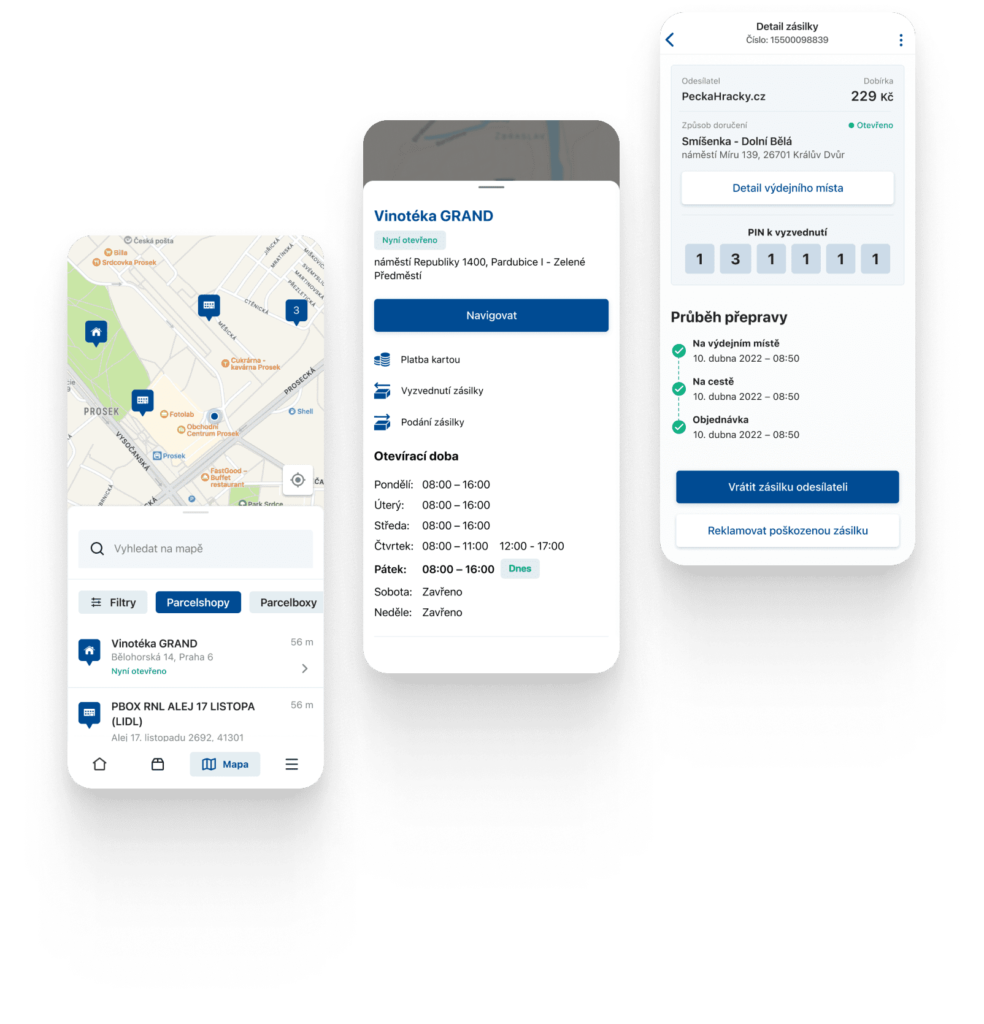You can tell a quality mobile app by its easy and reliable use. It's not enough to have interesting features - it has to work in the real world. If it's slow, complicated or doesn't deliver any benefit, people will quickly stop using it. So what do they expect from a modern mobile app - and how do you offer it?
Mobile apps: What users want but aren’t telling you

1. An intuitive and fast user interface
User experience (UX) determines an app’s success within the first few seconds. The app must be simple, straightforward, and fast. Slow response times or cluttered controls can quickly discourage users. Perfect navigation, consistent controls, and a logical screen structure form the basis for user satisfaction.
Example: In mojePPL, we emphasise the user’s ability to find information about their shipment, order a pick-up, or change the delivery location within a few seconds.

2. Personalization and adaptive content
Users expect the app to offer them content and features that are relevant to them. Personalisation can be based on previous behaviour, account settings, or current context. It is also essential that the app can adapt to different situations and needs – for example, differently on a first visit and differently for an experienced user. Artificial intelligence can support this process, for example, by recommending content or predicting needs, but it is not the only tool for achieving a more personalised user experience.
Example: Mobile banking can display different information to the user depending on whether they are a student, entrepreneur, or retiree, from other account types to personalised offers.
3. Integration with other tools and services
Today, an app must not function as an isolated tool. Users expect it to work seamlessly with other devices and services, such as a calendar, smartwatch or cloud storage. The ability to integrate seamlessly adds convenience and expands the app’s use in everyday life.
Example: The Waze app allows you to control Spotify directly while navigating, increasing convenience and safety—the user doesn’t have to switch between apps.
4. Offline mode and reliability
Operating without an internet connection is crucial for apps in the field or places with weak signals. If it makes sense for the application’s purpose, offline mode, data entry without the Internet, and synchronisation after reconnection can significantly improve usability.
Example: In the ABB Infoservice application, we specifically addressed the need for availability in environments where Internet connectivity is unreliable. This allows users to search for product information and technical documentation even when offline, which is essential in production halls or assembly areas.
5. Security and privacy
Data security is essential for users. A mobile app must protect personal data, work with trusted authentication and encryption, and be transparent about handling data. Users want to control what they share and what permissions they grant to the app.
Example: Healthcare apps need to meet strict security standards and use biometric logins, for example, to keep sensitive data safe.
6. Readiness for future development
A successful app is not a one-off product, but a long-term evolving service. User requirements, technology and business needs will change. Modularity, clear architecture and regular updates allow for quick and efficient expansion with new features.
For example, we applied this philosophy to developing the ČSOB Smart application, designing the solution from the outset to be ready for future expansion and easy integration with other systems. We apply the same approach to most of our projects.
7. Monitoring, feedback and analytics
To continuously improve an application, you need a good understanding of how people use it. Regular monitoring of user behaviour, feedback collection, and A/B testing helps identify weaknesses and opportunities for optimisation. Good analytics allow you to drive development based on data, not impressions.
Example: Based on this data, interfaces or wording can be adjusted to make the shopping process more understandable and fluid. The result is lower cart abandonment and higher conversion rates.
Conclusion
Mobile app development should be based on what people need, and what also evolves. If you’re wondering how to improve your app, take a step back and examine it from a distance. We’re happy to provide specific ideas based on our experience. Get in touch.
